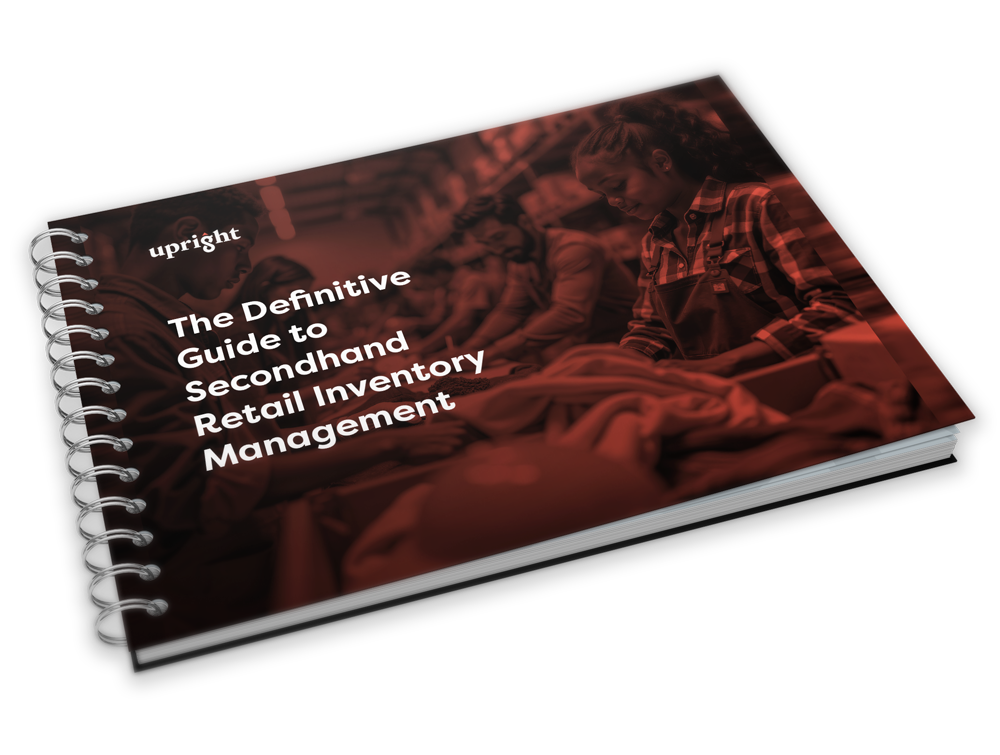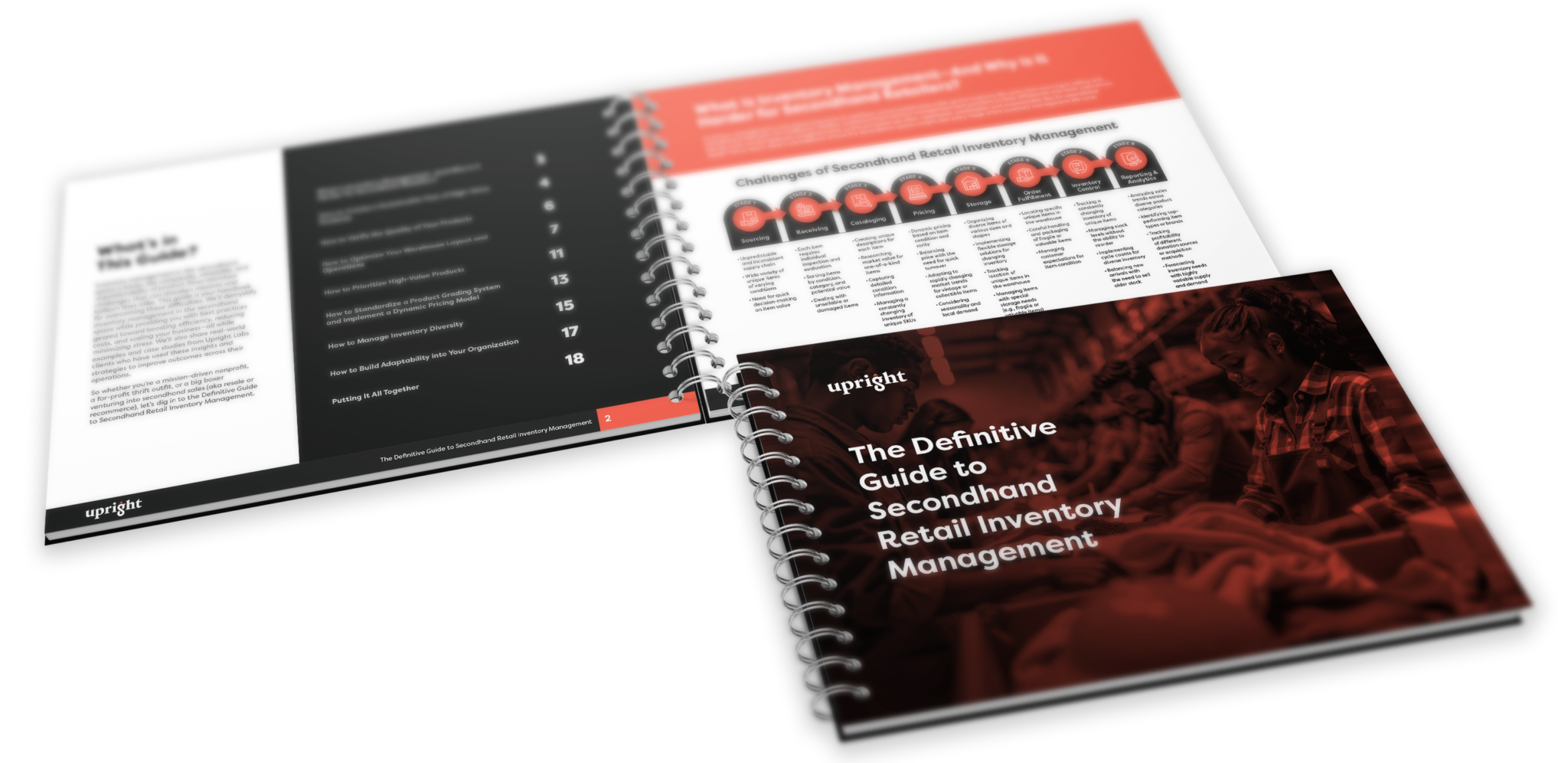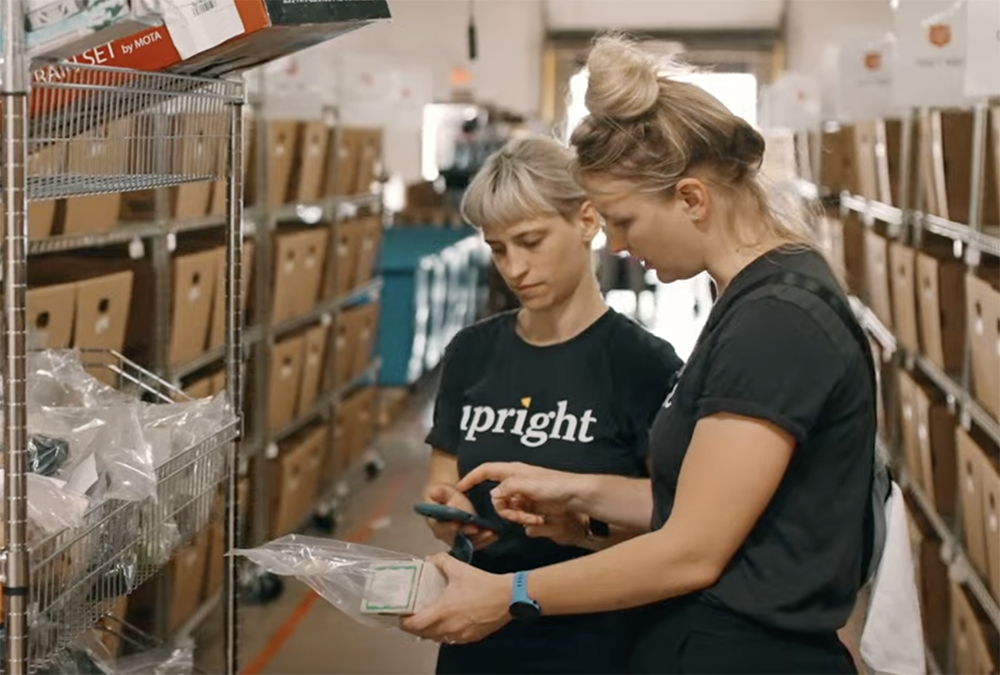Boost your sales and efficiency in the resale market.
In the fast-paced world of secondhand retail, identifying and selling high-value products can be the key to unlocking higher margins, faster sales, and customer satisfaction. In 2023, the resale industry hit $44 billion. By 2027, it’s projected to almost double, hitting $70 billion. With such large growth potential, resale businesses must capitalize on the right products to thrive. But what exactly are “high-value products,” and how can you source them?
In this blog, we’ll share strategies to help you find, source, and sell high-value items. You’ll get a preview of what’s covered in The Definitive Guide to Secondhand Retail Inventory Management. If you’re ready to transform your secondhand strategy, keep reading!
Why Secondhand Inventory Management is Challenging
Managing secondhand inventory comes with its own set of challenges. Many of which traditional retailers rarely face:
- Unpredictable Product Flow: The supply is highly variable. Sourcing depends on donations, estate cleanouts, and local partnerships. This unpredictability can make it difficult to maintain a steady flow of inventory.
- Inconsistent Quality: Unlike new retail, products often vary in condition. This makes quality control essential to ensure customer satisfaction and prevent returns.
- Valuation Difficulties: Pricing unique, one-of-a-kind items can be tricky. As demand shifts, pricing shifts. Without proper data and valuation tools, pricing can become inconsistent.
Yet, these challenges also present opportunities to identify and capitalize on high-value products.
What Are High-Value Products and Why Do They Matter?
High-value products in the secondhand market are items with strong demand, competitive pricing potential, and faster sales turnaround. These items often command higher margins and are popular across various sales channels. They include everything from designer clothing and vintage electronics to rare books and branded collectibles.

Want to turn these challenges into opportunities?
Download The Definitive Guide to Secondhand Retail Inventory Management for comprehensive strategies and tips.
Why Focus on High-Value Products?
- Higher Margins: High-value products sell for more, boosting your bottom line.
- Proven Demand: These items are sought after. This usually leads to quicker sales and faster inventory turnover.
- Repeat Buyers: High-value products often attract repeat customers, who are looking for quality and exclusivity.

In 2021, clothing was the most popular category of secondhand products bought and sold online. Brands like Nike, Coach, and Michael Kors are currently among the most popular brands. They sell well and at a decent PPI in secondhand. Knowing which products command demand is critical as consumers shift toward secondhand shopping.
3 Proven Strategies for Sourcing High-Value Items in Secondhand Retail
- Leverage Local Partnerships
The best way to secure a steady stream of high-value products? Building relationships with local businesses, estate cleanout services, and liquidation centers. These partnerships provide access to sought-after items and offer opportunities for consistent sourcing.
Quick Tip: Start by identifying potential partners in your area. Look for consignment stores, boutiques, and estate sales. Reach out via LinkedIn or email to establish a relationship and explore sourcing opportunities. - Analyze Sales Data
Using data analytics to identify top-selling brands and categories can give you a strategic advantage in sourcing high-value products. By analyzing historical sales data, you’ll spot trends, optimize your product mix, and focus your sourcing efforts on the most profitable items.
Quick Tip: Tools like eBay’s Terapeak and PriceCharting can identify categories and brands with the highest resale values. - Use Effective Sorting and Pricing
Prioritize your high-value items during the intake process. This increases your efficiency and speeds up listing. Use dynamic pricing strategies to adjust prices based on demand, condition, and market trends.
Quick Tip: Integrate dynamic pricing tools and listing strategies to continuously update your prices based on demand, competitors, and sales velocity.
Master the Art of Selling High-Value Products
Identifying and selling high-value products can transform your secondhand retail business. By leveraging local partnerships, analyzing sales data, and implementing dynamic pricing, you can boost your margins, increase sales, and create a more sustainable e-commerce model.
The resale industry is projected to reach $70 billion by 2027. Focusing on high-value products will increase your profitability and maintain your business’ success for years to come.

For more detailed strategies on sourcing and selling high-value products:
Download The Definitive Guide to Secondhand Retail Inventory Management.
Ready to take the next step? Get your copy of The Definitive Guide to Secondhand Retail Inventory Management today and drive growth in your secondhand business.








